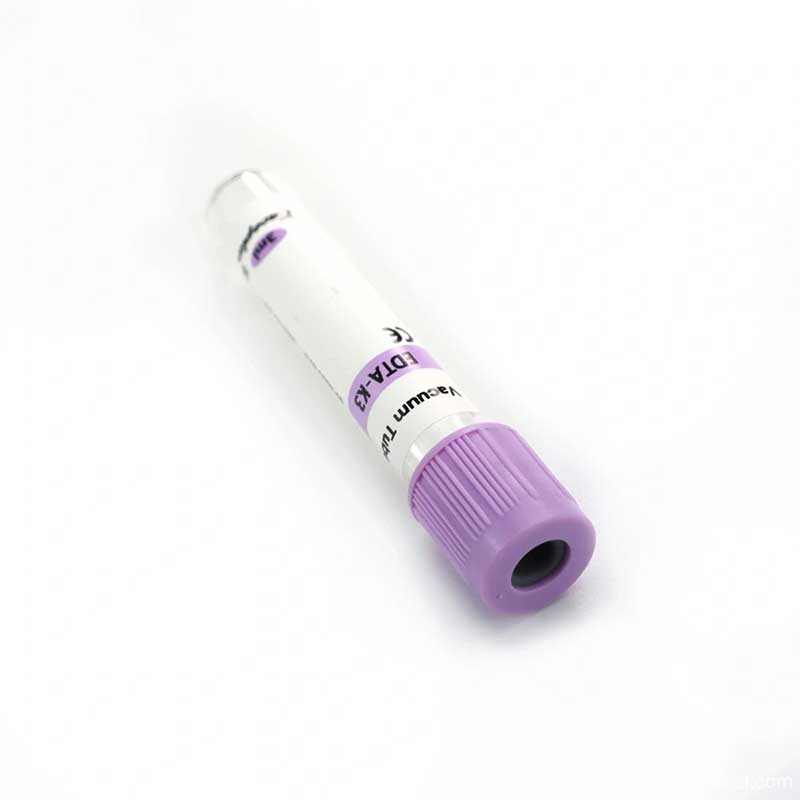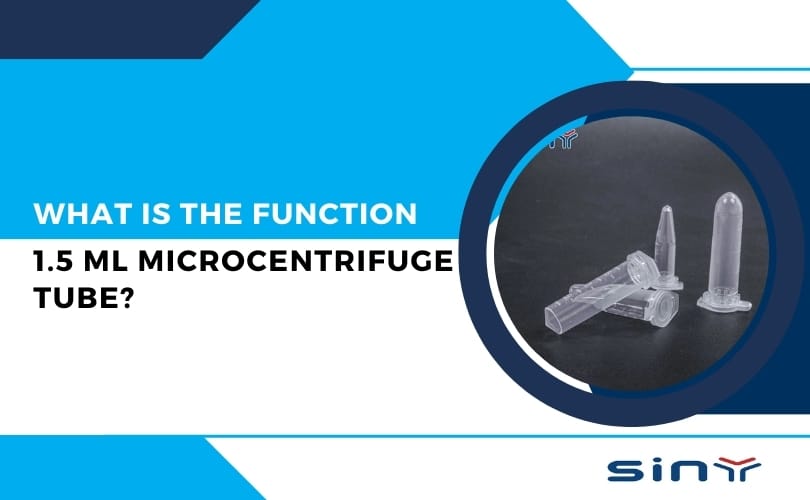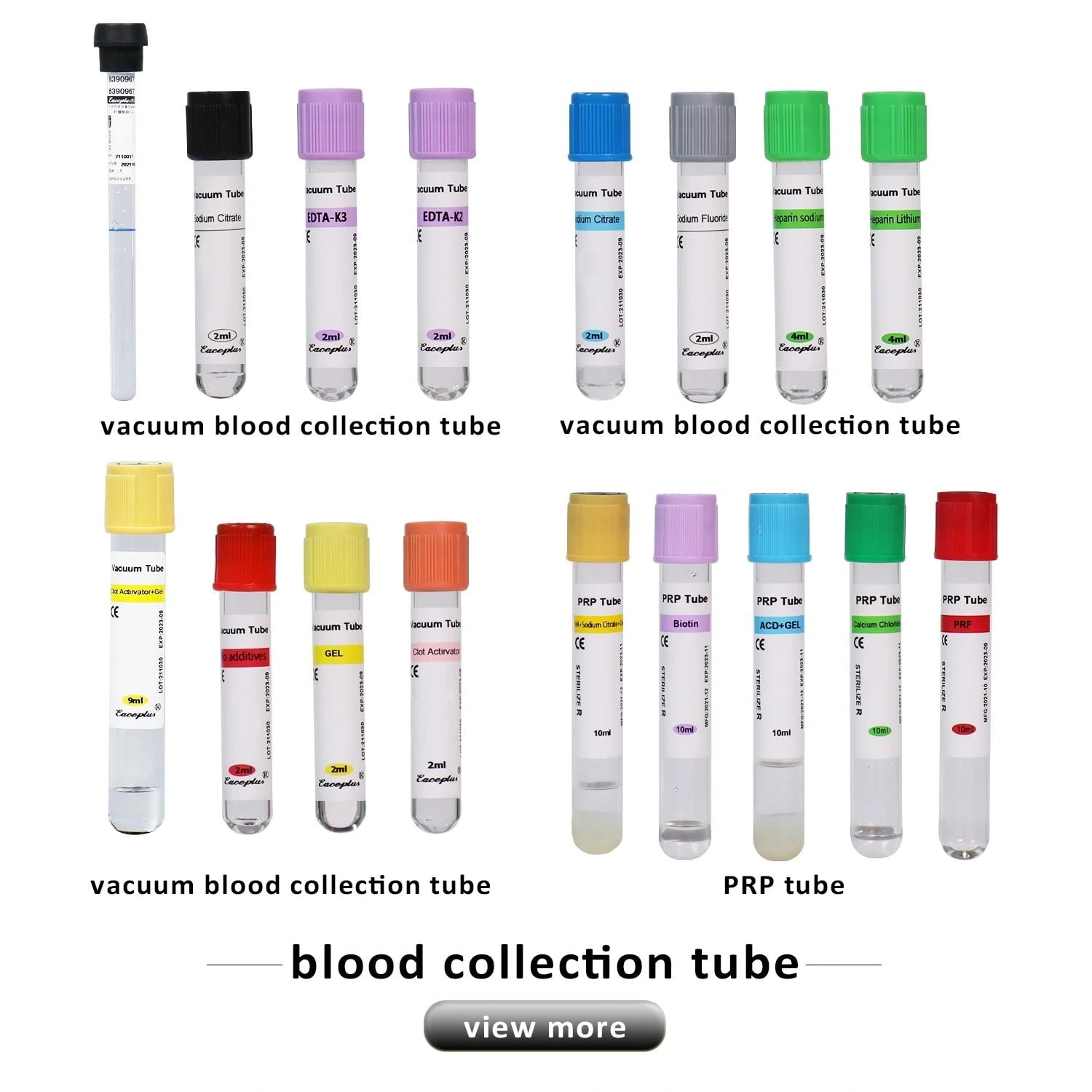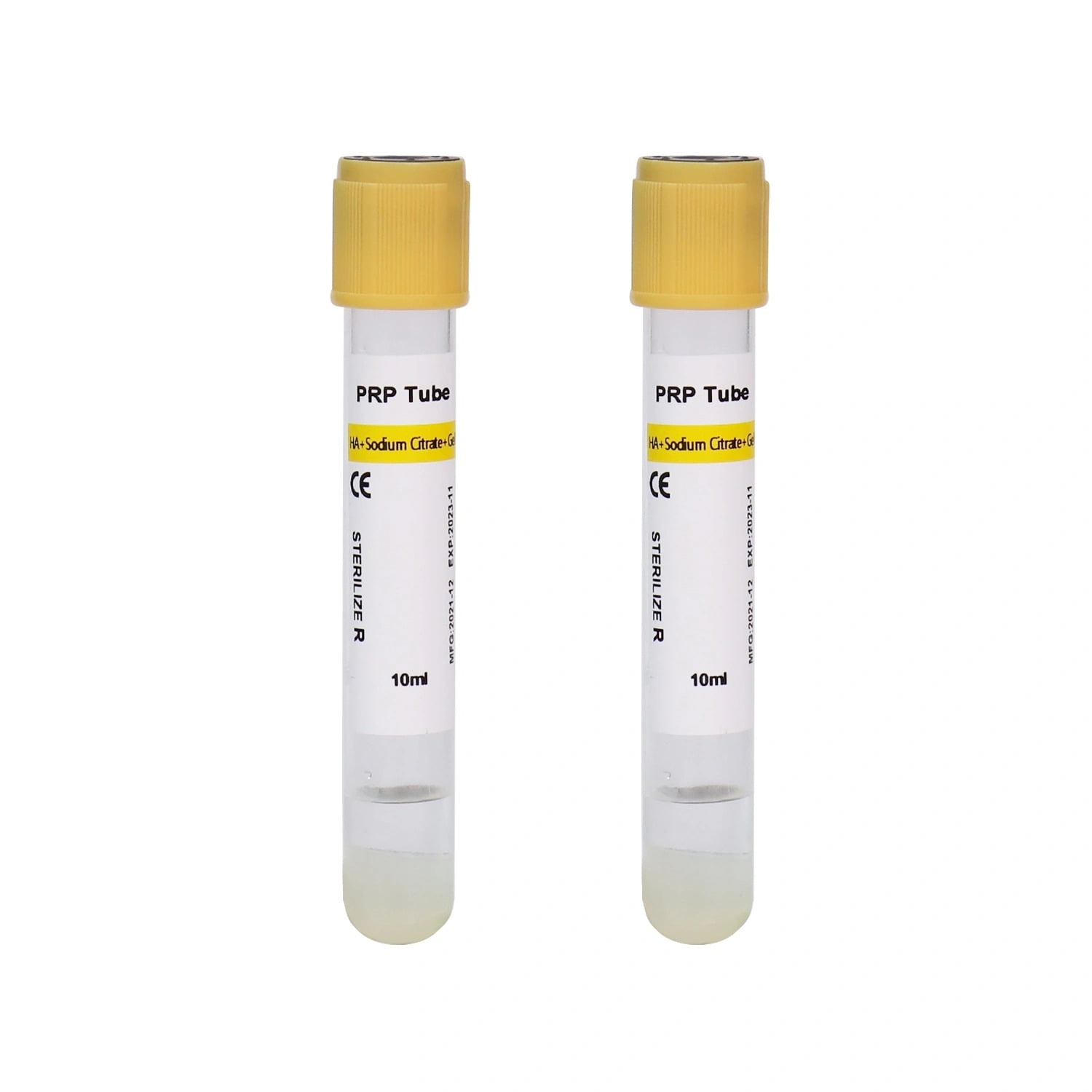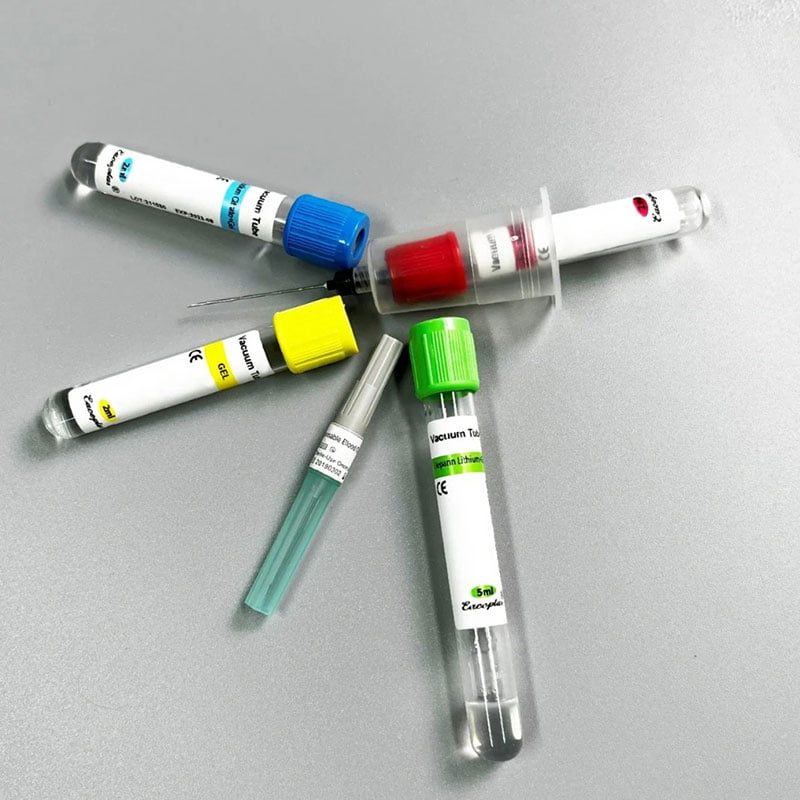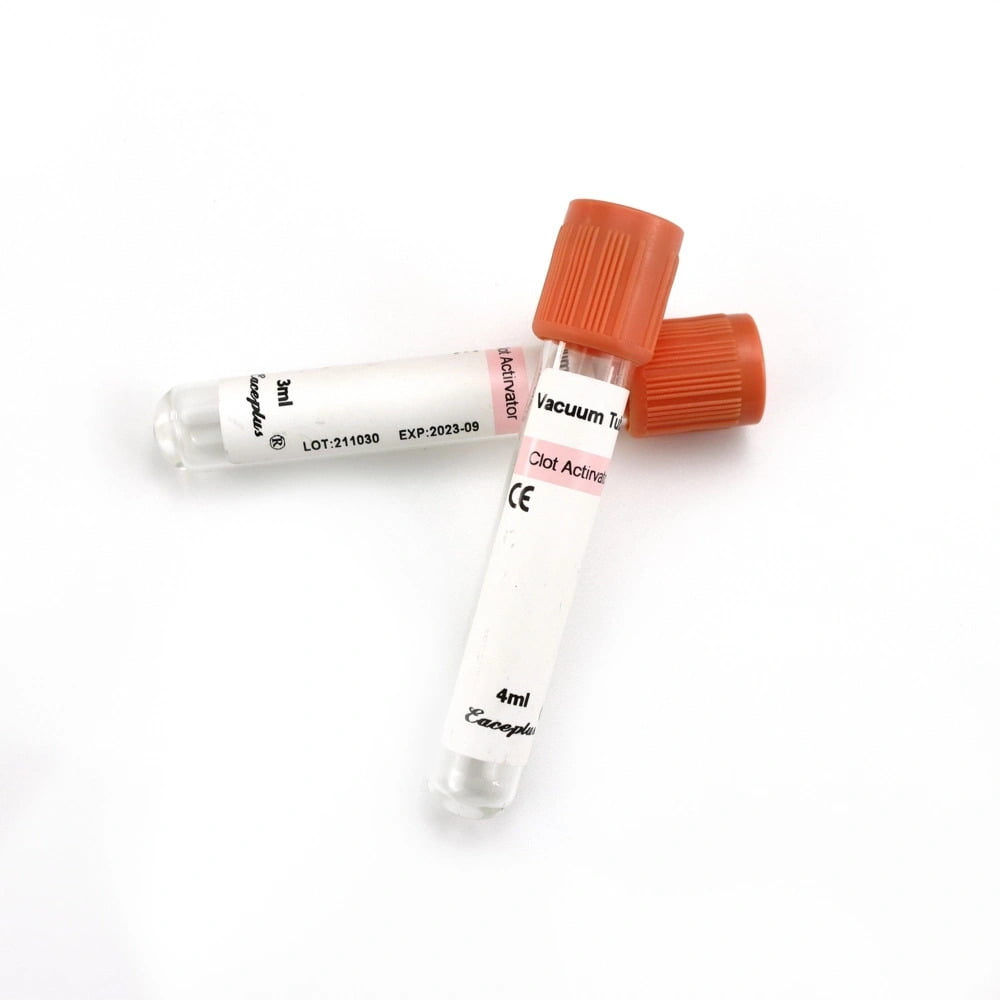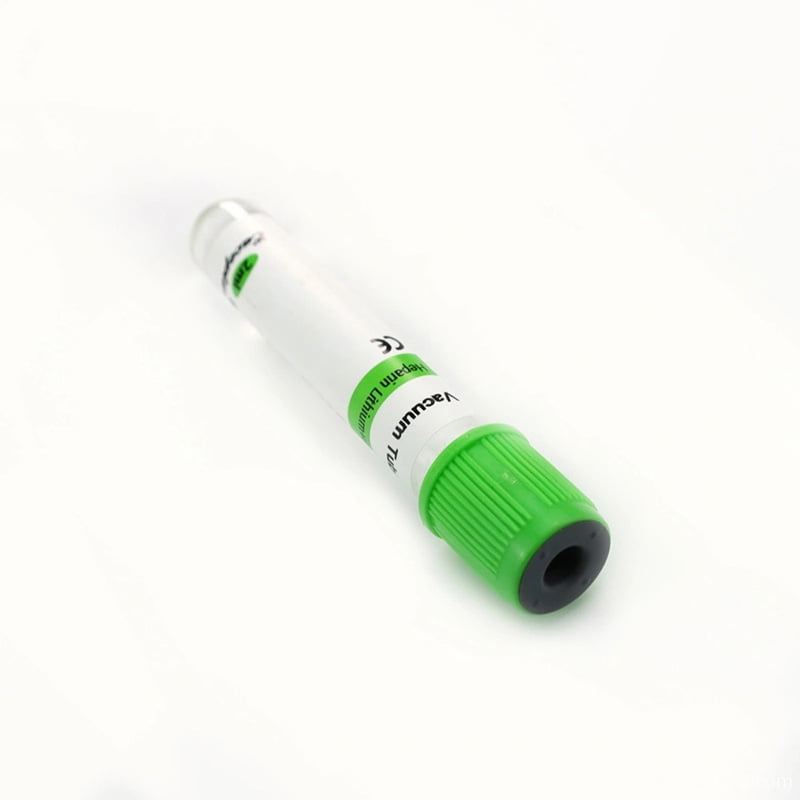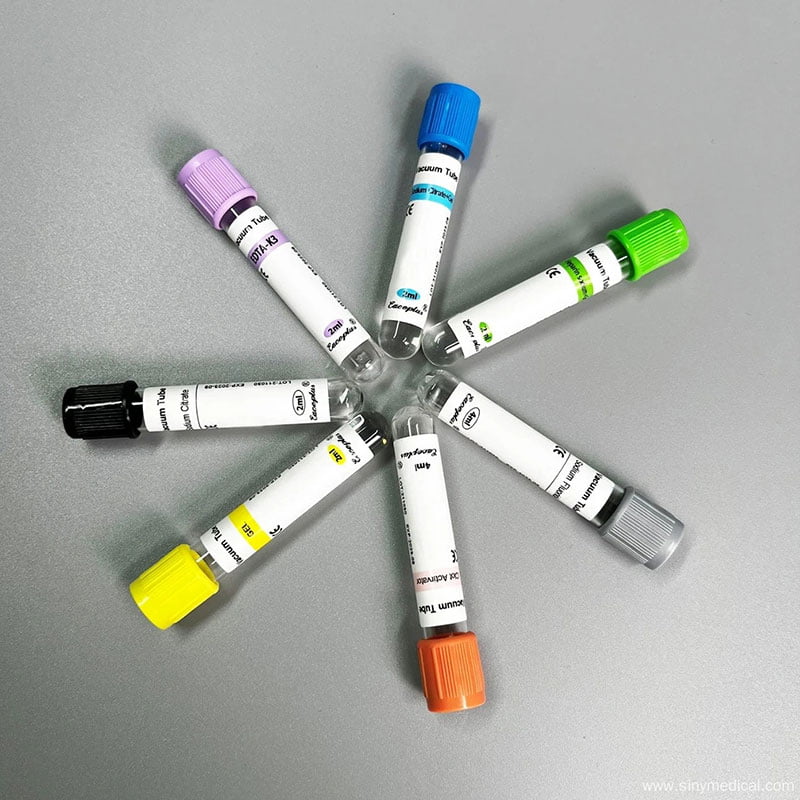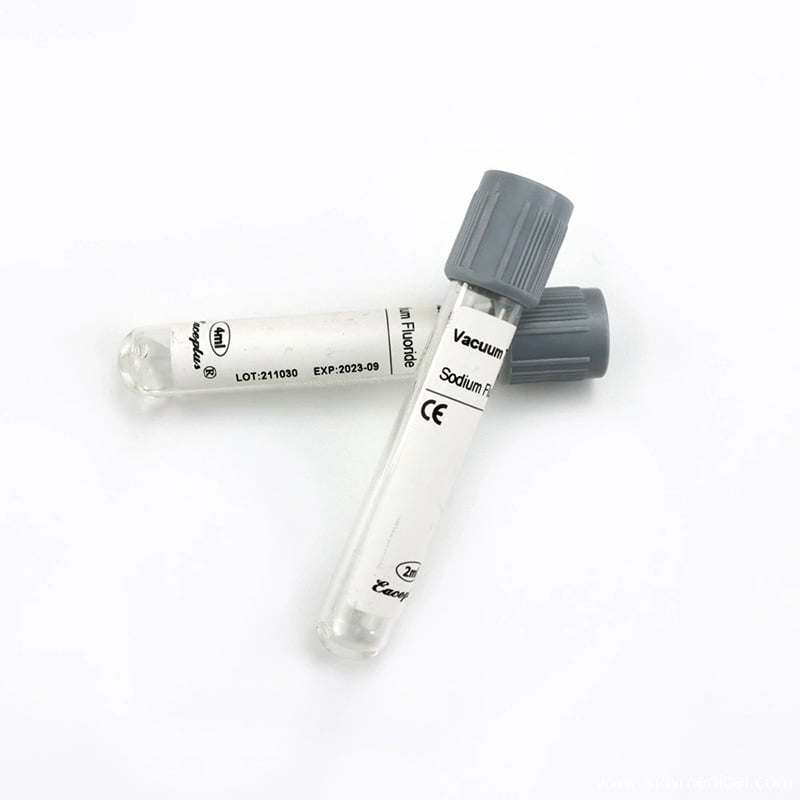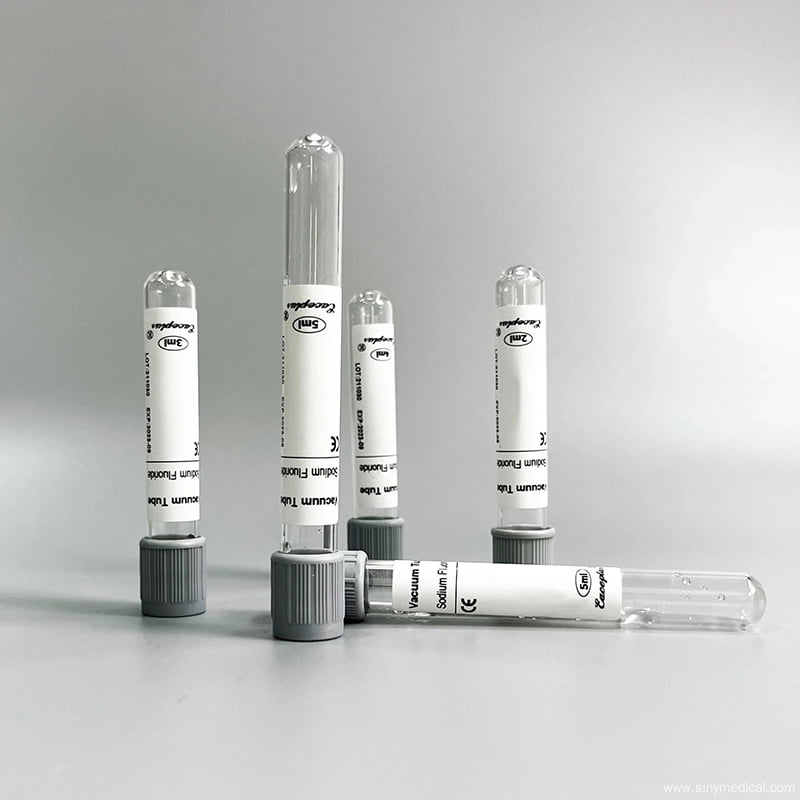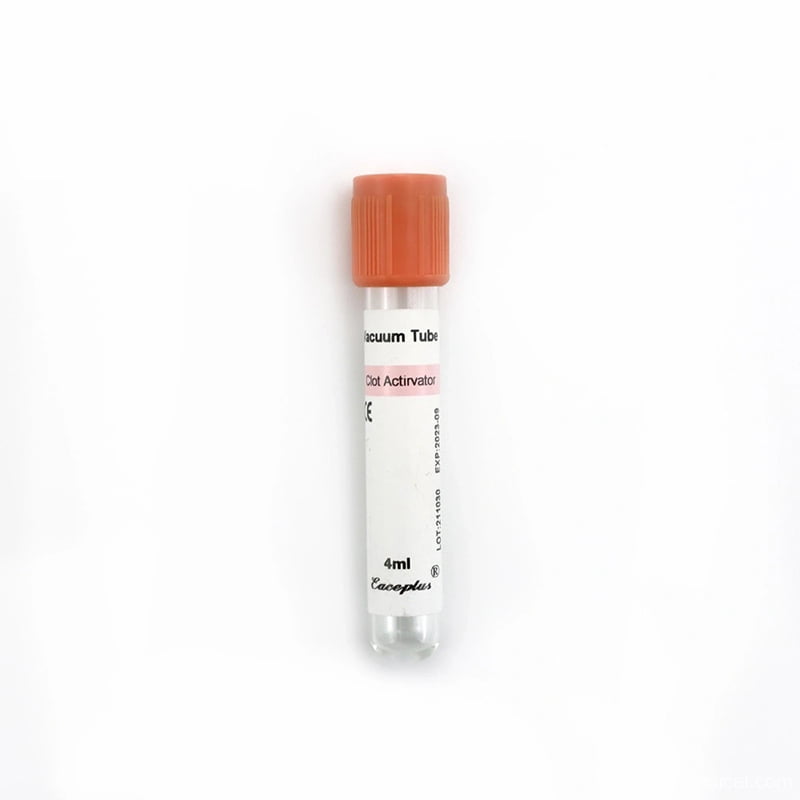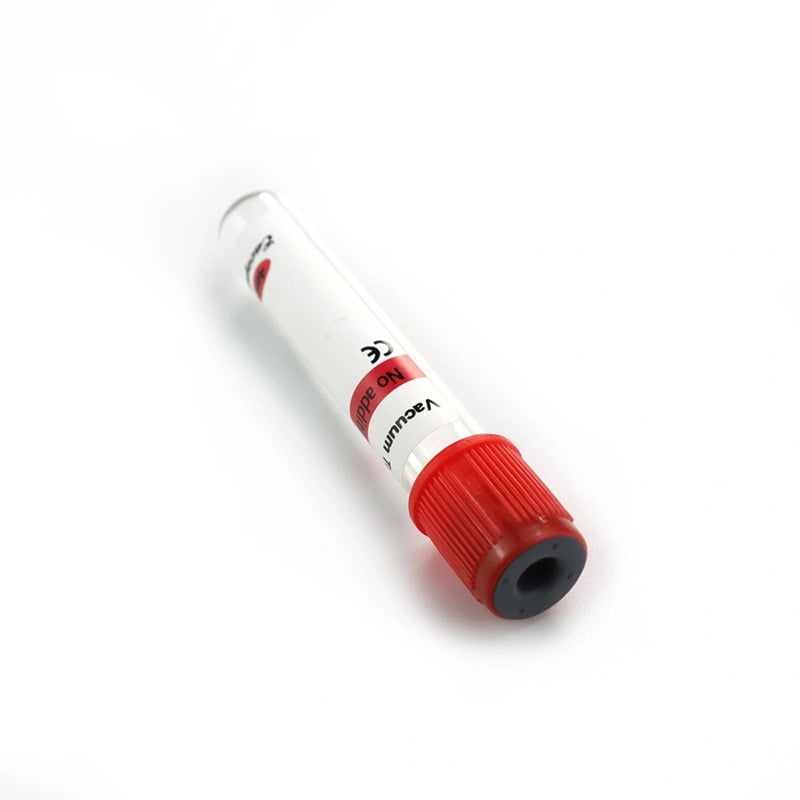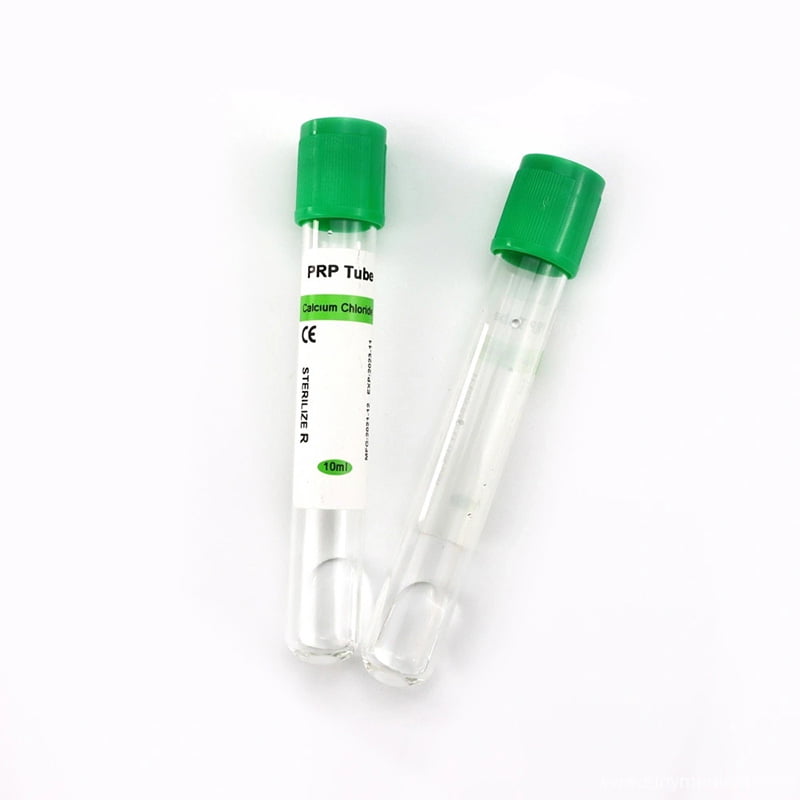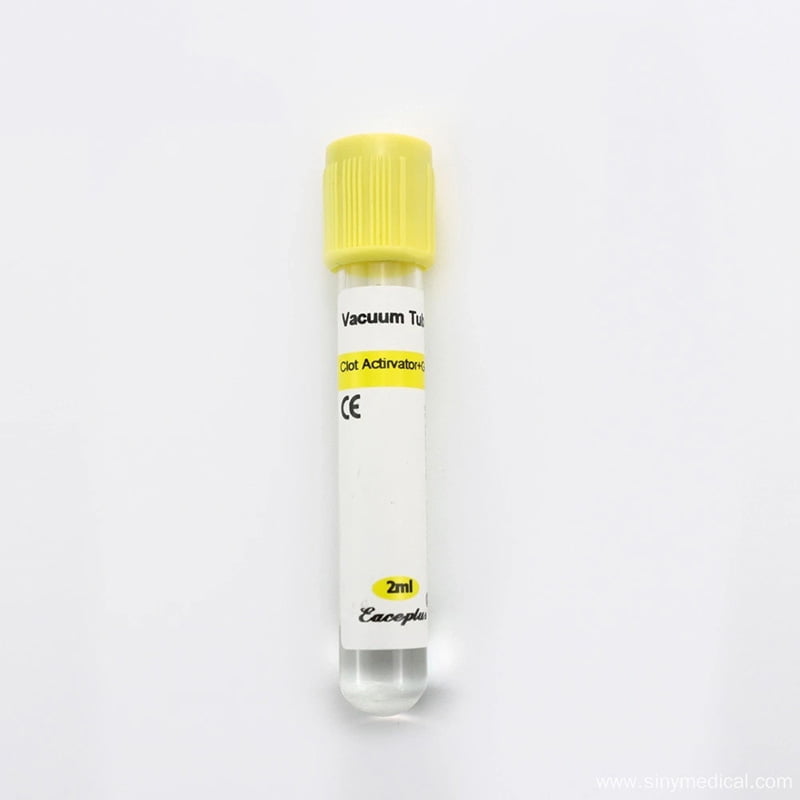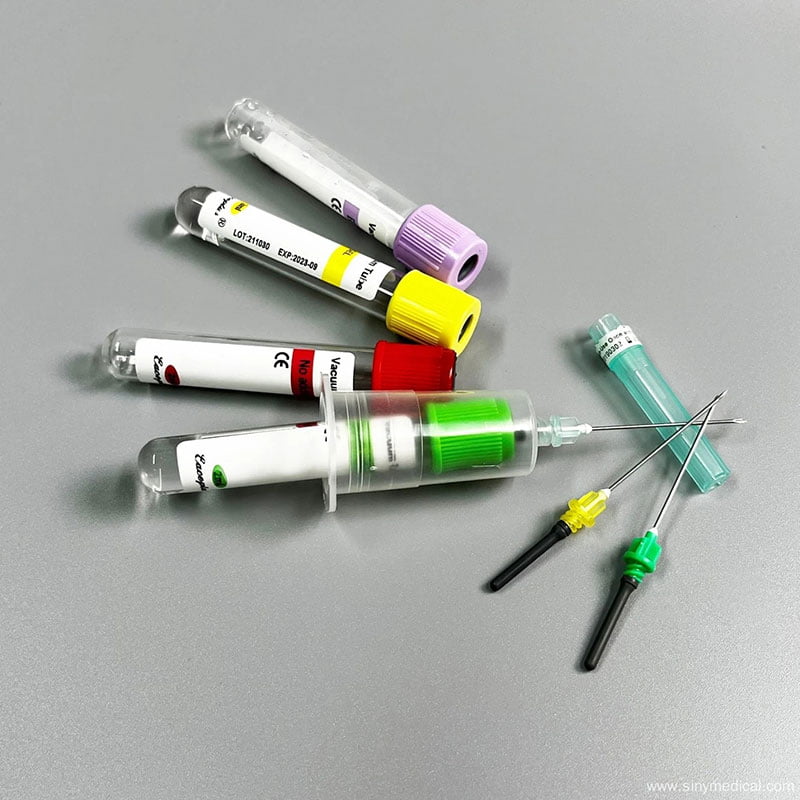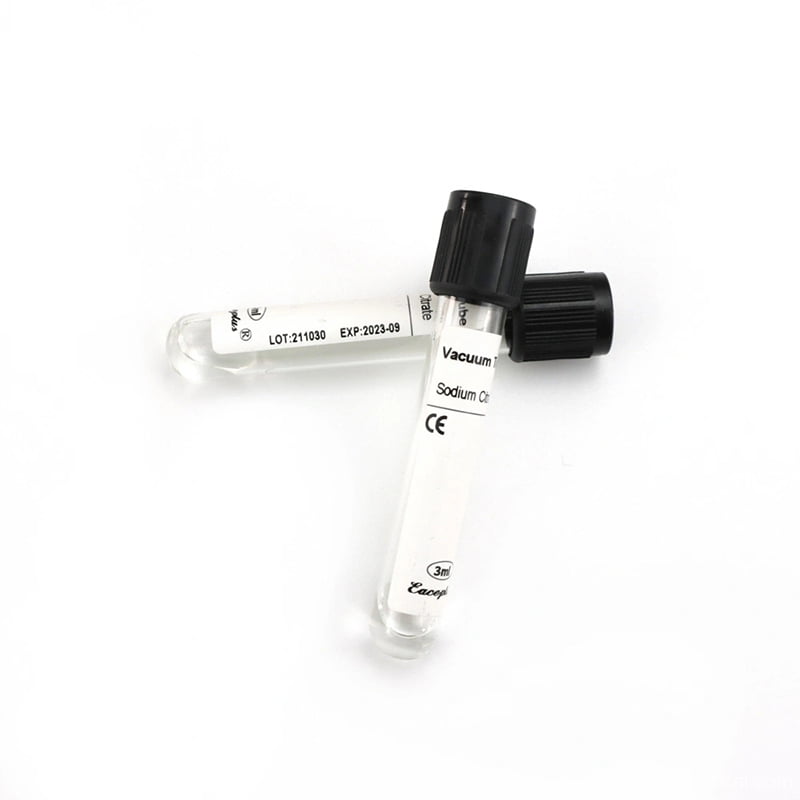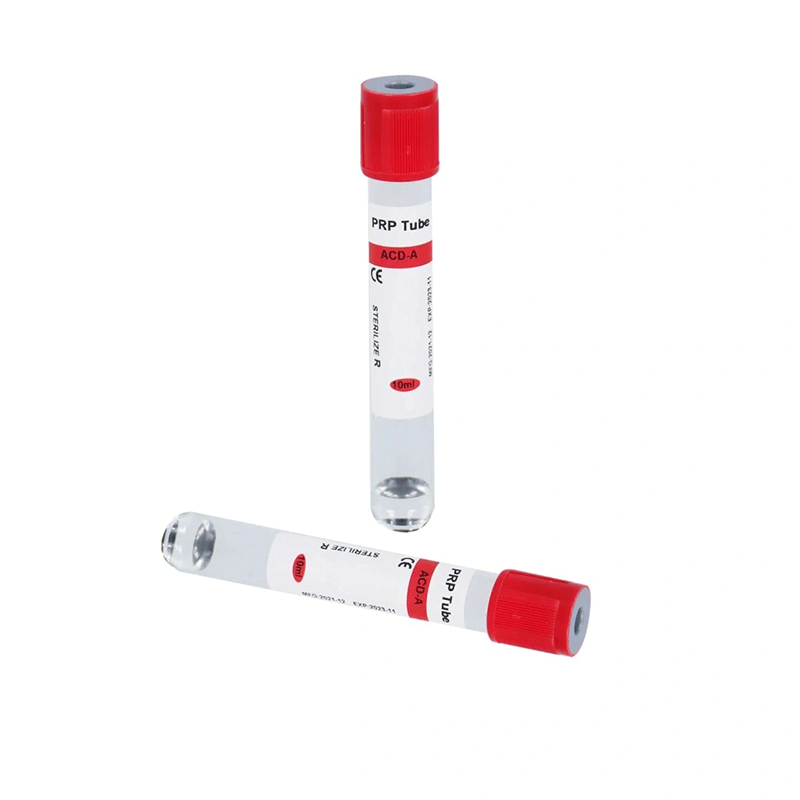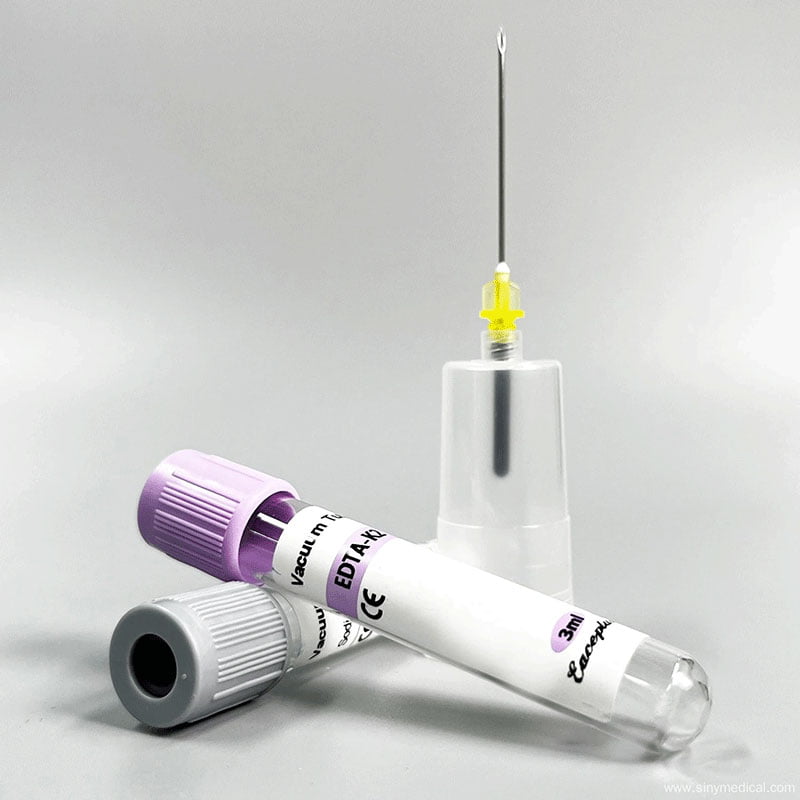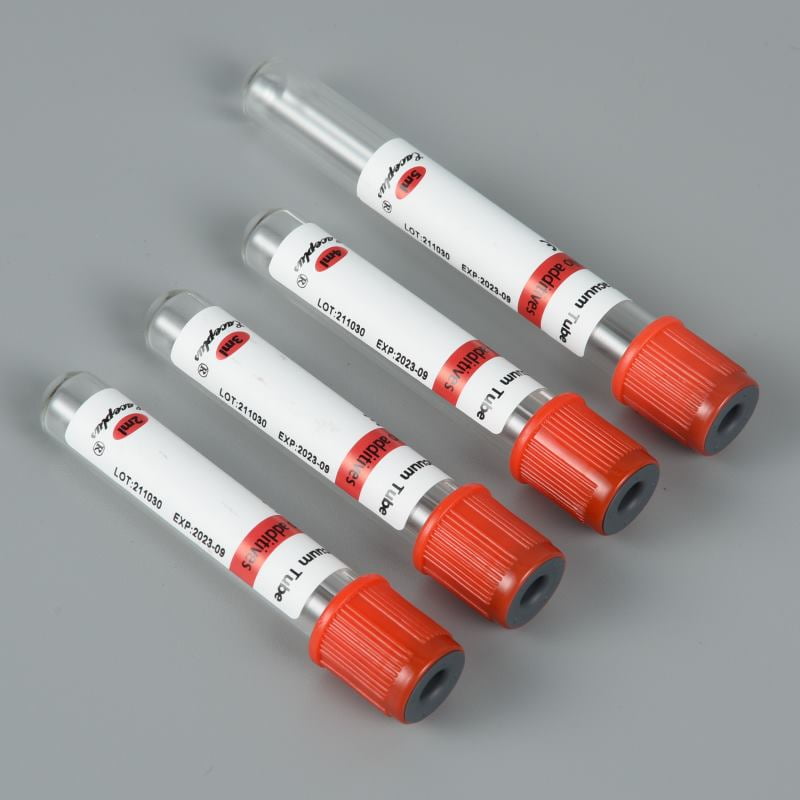In modern healthcare, needles play a crucial role in blood collection needle, intravenous infusions, and medication delivery. In recent years, traditional straight needles and the improved design of butterfly needles have each shown unique strengths.
This comprehensive guide will explore the development, structure, advantages, limitations, and best practices of butterfly and straight needles and explore high-quality butterfly needles at Siny Medical
Table of Contents
Overview and Development Background of Medical Needles
Definition and Function
Needles are key medical consumables for administering drugs, drawing blood, and performing minimally invasive procedures. They are essential in emergency care for quick injections and in routine examinations for drawing blood. The safety, precision, and comfort of needles affect treatment outcomes and patient experience.
Evolution of Straight Needles and Butterfly Needles
Straight Needles
Straight needles have a long history. Their design grew from a simple need for efficiency. Over time, manufacturers improved the production process through precise metalwork and strict sterile packaging, helping standardize straight needles for daily medical procedures.
When healthcare providers faced challenges with weak veins, difficult blood draws, and patient sensitivity, butterfly needles emerged as a solution. By adding plastic wings to a similar basic design, butterfly needles offer better stability during use. They work particularly well for children, older adults, and patients with fragile veins.

Structure and Working Principles
Structure and Principle of Straight Needles
Straight needles usually consist of two parts: the needle tip and the needle tube.
Needle Tip Design
Manufacturers use finely ground metal to create a sharp and precise tip. The angle and length of the tip are carefully calculated to ensure a fast, accurate puncture while reducing patient discomfort.
Integrated Needle Tube
The simple, one-piece design connects directly to a syringe or an IV line. This straightforward design helps standardize procedures. However, it requires steady hand control during use.
Structure and Advantages of Butterfly Needles
Butterfly needles improve on the basic design of straight needles by adding features that increase control:
Plastic Wings
The two plastic wings make the needle easier to hold. They help apply slight pressure on the vein and reduce movement during the insertion process.
Flexible Connector
Butterfly needles include a soft, flexible tube that minimizes discomfort and injury caused by needle movement during blood collection.
Improved Needle Tip Technology
Enhanced manufacturing techniques create a smoother, more refined needle tip that reduces irritation and pain during the puncture.
Comparison of Clinical Applications
Advantages and Limitations of Straight Needles
Advantages
High Efficiency: Straight needles enable quick injections or blood draws in patients with good veins and high tolerance.
Cost Effective: The production process is well established, and the low cost makes them a favorite for routine procedures.
Standard Procedures: Their uniform design helps keep training and quality control simple.
Limitations
Skill Required: Their one-piece design demands a steady hand and accurate angle. Mistakes may lead to vein damage.
Not Ideal for Special Cases: Patients with fragile or hard-to-locate veins might face difficulties, leading to more puncture attempts.
Advantages and Limitations of Butterfly Needles
Advantages
Improved Stability: The wings give a secure grip and help prevent multiple attempts in one procedure.
Better Patient Comfort: The improved tip and flexible connection lower pain levels and reduce irritation, which benefits children and the elderly.
Higher Success Rate: In cases of repeated blood draws or difficult veins, butterfly needles increase the chances of success.
Limitations
Higher Cost: More complex design and production processes increase the cost compared to straight needles.
Longer Preparation: Butterfly needles may take extra time to set up, which might be a drawback in emergencies.
Clinical Recommendations for Choosing the Right Needle
Choosing the right needle can improve medical outcomes. Use these suggestions as a guideline:
Match the Needle with Patient Needs
Vein Assessment: For patients with weak or hard-to-find veins—such as the elderly or children—choose a butterfly needle to ensure a smooth procedure.
Patient Comfort: Select a butterfly needle when a patient has a low tolerance for pain.
Consider the Environment and Procedure
Emergency Use: In emergencies, a straight needle works best because it is simple and quick.
Long-term Treatments: For patients who require frequent blood draws or long-term infusions, butterfly needles can reduce the risk of repeated injury.
Balance Cost and Operational Needs
Budget Concerns: Large hospitals may favor straight needles for routine uses because of their low cost, while specialized cases may justify the higher price of butterfly needles.
Inventory Management: Consider packaging, storage, and shelf life when managing your needle supply to ensure safe and efficient use.
Best Practices for Use, Maintenance, and Safety
The proper use and strict adherence to sterile procedures are vital. Follow these practices:
Pre-Use Checks
Inspect the Packaging: Check that the needle, tube, and any extra components are intact and free of damage before use.
Maintain Sterility: Clean the work surface, tools, and patient’s skin thoroughly before starting.
During the Procedure
Accurate Positioning: Carefully adjust the angle and pressure to keep the needle stable and ensure it enters the vein correctly.
Monitor the Patient: Watch the patient’s reaction and the puncture site closely. Change the needle if any problems arise.
After Use
Disposal: Follow all medical waste regulations to dispose of used needles properly. This step helps prevent any secondary contamination.
Ongoing Training: Regularly train staff on safe needle usage and update technical guidelines to maintain high safety standards.
Final Thoughts
Both straight and butterfly needles have their strengths. Hospitals rely on straight needles for their simplicity, cost efficiency, and standard procedures. Butterfly needles offer extra control and comfort, making them the better option for patients with difficult veins or who are sensitive to pain. Healthcare providers should assess vein condition, treatment needs, budget, and clinical environment when making their choice.
For high-quality medical needles, visit Siny Medical today.
🔗 Follow us on YouTube for more medical insights: Siny Medical YouTube
🔗 Check out our manufacturing details here: Siny Medical on Made-in-China
FAQ Section
1. Which is less painful: butterfly or straight needle?
A butterfly needle is generally less painful due to its smaller gauge and flexible tubing.
2. Can butterfly needles be used for IV therapy?
Yes, but they are better suited for short-term IV therapy rather than long-term infusions.
3. Why are butterfly needles preferred for children and the elderly?
Their smaller size, flexible tubing, and soft wings make them ideal for delicate veins.
4. Are straight needles reusable?
No, straight needles are single-use only and must be disposed of properly.
5. How do I know which needle to use?
- If speed and efficiency matter: Straight needle
- If patient comfort and precision matter: Butterfly needle

